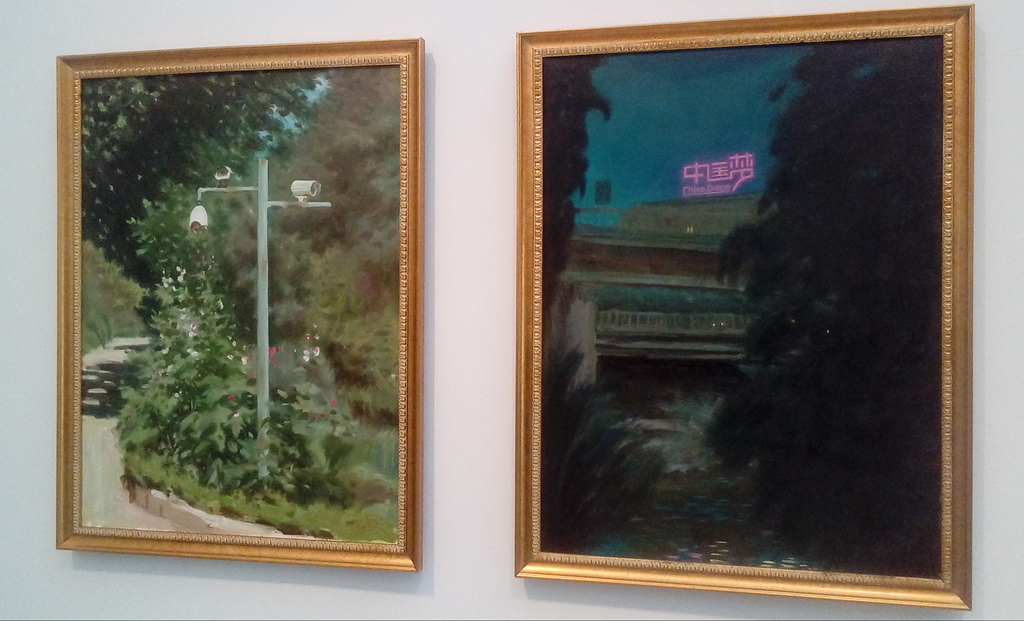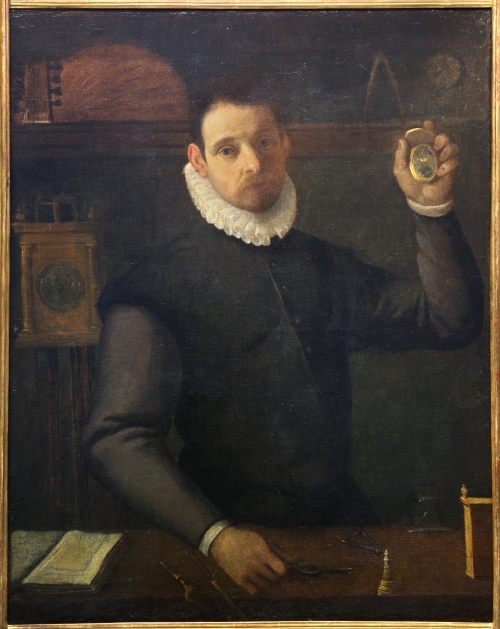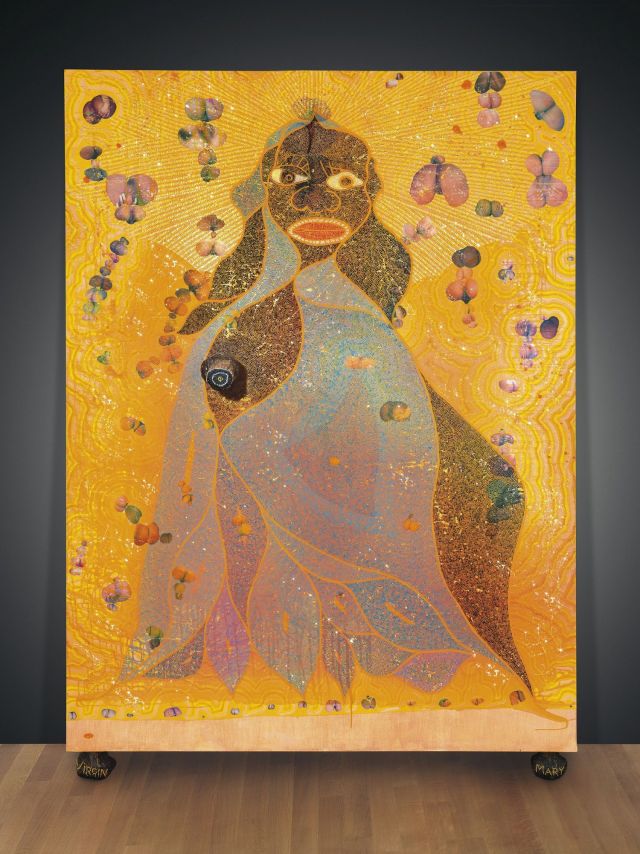
John Wayne Gacy aka “The Killer Clown”. Named as such for his voluntary community service as a clown to entertain hospitalized children, but chillingly more so for raping, torturing, and murdering at least 33 boys and young men in Cook County, Illinois during the 1970’s. He buried 27 of them in the crawlspace of his home. He was caught, convicted, and finally executed by lethal injection on May 10, 1994. During his 14 years on death row he began painting mostly clowns. Some were of his own clown persona “Pogo”. He was allowed to earn money from the sale of his paintings which fetched anywhere from $200 to $20,000 each. It’s common knowledge that the death of an artist will increase the “value” of their pieces. Are these pieces actually appreciated and traded as art? Or just a morbid piece of the mind of a psychopathic killer?
“You know…clowns can get away with murder.” ~ John Wayne Gacy speaking to surveillance detectives.







Hey Rodrigo,
I find it a bit disturbing how many are so willing to pay such high amounts of money for the art of such a vicious criminal. I believe it’s largely due to his popularity and the acclaim in owning a piece from a notorious figure. I don’t believe the general public or art community truly believe this is would be appreciated as art.
Many famous artists, who have been celebrated for their genius, are also criminals. It is widely known that Roman artist Caravaggio had an ill temper and consistently got into trouble for assault as well as the murder that forced him on the run. Similarly, Benvenuto Cellini, famous for sculpting Perseus with the Head of Medusa, recounted his tails of how he got away with murder due to his admiration as an artist. I agree that this case raises the question of whether the art from criminals should be appreciated. However, I believe this case brings up an interesting issue, as Caravaggio and Cellini were revered as talented before their crimes were exposed. The fact that Gacy was allowed to earn money from the sale of his paintings while on death row brings awareness to a systemic issue in prison systems and their leniency towards criminals.